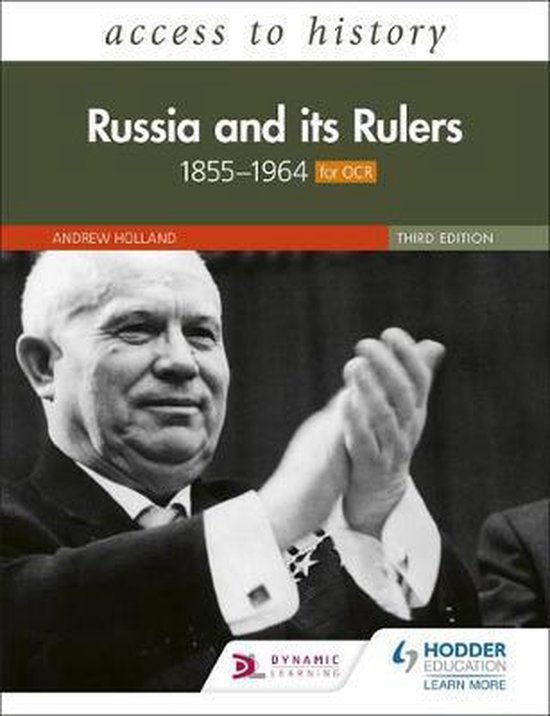Russia 1920-1940
1921: The Kronstadt Sailors go 1926: Treaty of Berlin 1928: First Five-Year Plan 1933: Second Five-Year Plan 1935: Stakhanovite Movement
on Strike
The Treaty of Berlin was The first five year plan The Second Five-Year Plan The term Stakhanovite referred
The Kronstadt rebellion was signed July 1 (13), 1878 was created in order to initiate (1933-37) continued the to workers who modelled
an anti-Bolshevik uprising following the Congress of rapid and large-scale primary emphasis on heavy themselves after Alexey
carried out by soldiers and Berlin in 1878, convened by industrialization across the industry. By 1932 Stalin Stakhanov. These workers took
sailors on the island fortress Britain and Austria-Hungary Union of Soviet Socialist realized that both the economy pride in their ability to produce
of Kronstadt, a few miles off to revise the Treaty of San Republics (USSR). and society were seriously more than was required, by
the coast of Petrograd, in Stefano that ended the Key Features of the Plan overstrained. Although working harder and more
early 1921. The rebellion was Russian-Turkish war of 1877- included: Central Planning, industry failed to meet its efficiently, thus strengthening
a protest against Bolshevik 1878. Rapid Industrial Growth, production targets and the socialist state.
economic policies, food From then on, however, there Investment in Infrastructure. agriculture actually lost
shortages, political was a slow decline in relations, ground in comparison with
oppression and violence. It with a complete breakdown 1929: War on Kulaks and 1928 yields, Stalin declared
was eventually crushed by reached a few months after Collectivisation that the First Five-Year Plan
the Red Army. Hitler's 1933 rise to power. had successfully met its goals 1936: Soviet Intervention in the
Their political demands were Prolongations of the Treaty in four years. He then Spanish Civil War
Intensive collectivization
more extensive: the were signed on 24 June 1931, began during the winter of proceeded to set more realistic
restoration of full freedom of and in the same year, German goals. In the early 1930s Joseph
1929–30. Stalin called upon Stalin was deeply concerned
speech, increased democratic banks granted the Soviet the party to ‘liquidate the According to official statistics,
input and consultation in Union 300 million marks′ during the Second Five-Year about the spread of fascism in
kulaks as a class’ (December Europe. To counteract the
policy formulation, the worth of additional credits 27, 1929), and the Central Plan gross agricultural
release of non-Bolshevik for purchasing German production increased by just growing power of Adolf
Committee resolved that an Hitler and Benito Mussolini,
socialists from detention, industrial goods. “enormous majority” of the under 54 percent. In contrast,
guarantees of civil rights gross industrial production he encouraged the formation
peasant households should be left wing coalitions. This
and, significantly, ‘Soviets collectivized by 1933. more than doubled.
without Bolsheviks’. resulted in the Popular
Immediately, many peasants Front government being formed
left the kolkhozy. in February 1936.
1921: Treaty of Riga 1927: Stalin’s ‘Great Turn’ 1932-1933: The Holodomor 1934: USSR enters League of 1937: The Military Purge
(Severe Famine) Nations
The Treaty of Riga redrew the The ‘Great Turn’ was a radical The Great Purge, also
borders of much of Eastern change in economic policy. The The Soviet famine of 1932– September 15, 1934 thirty known as ‘The Great
Europe, but for many it came to Party rejected the NEP and 1933 was a famine in the major delegates of the League of Terror’ was a brutal
be seen as an unmitigated committed to rapid grain-producing areas of the Nations addressed the Soviet political campaign led by
disaster -- in particular among industrialisation under state Soviet Union, including government with a telegram, Soviet dictator Joseph
Lithuanians, Belarusians, and control, along with the Ukraine, Northern Caucasus, inviting the Soviet Union to Stalin to eliminate
Ukrainians whose hopes for collectivisation of agriculture. Volga Region, Kazakhstan, the join the League and “bring its dissenting members of the
democratic independent states The ‘turn’ began in 1925 when South Urals, and West Siberia. valuable cooperation". ... Communist Party and
were largely dashed as a result the Fourteenth Party Congress About 5.7 to 8.7 million Thus, the USSR joined the anyone else he considered a
of the pact. committed to industrialisation; people are estimated to have League of Nations and threat.





